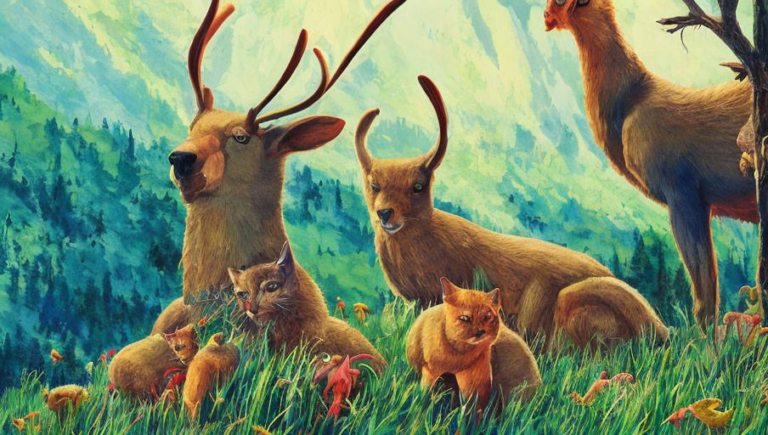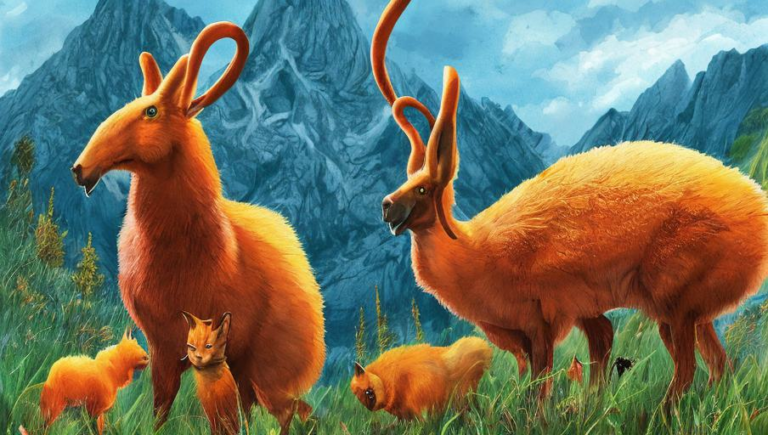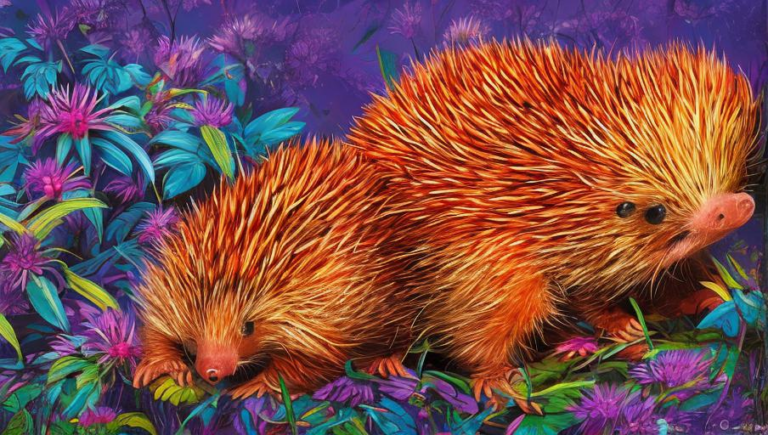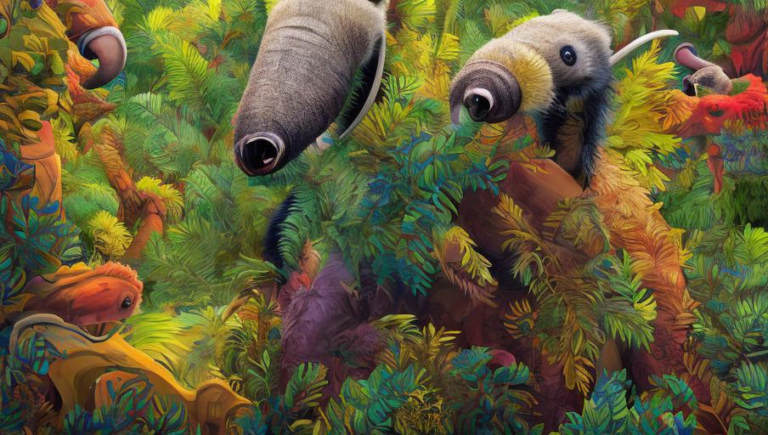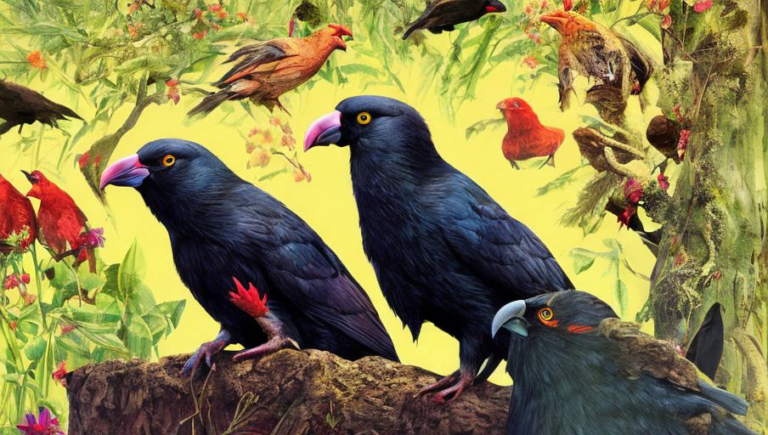Understanding Antelope Behavior
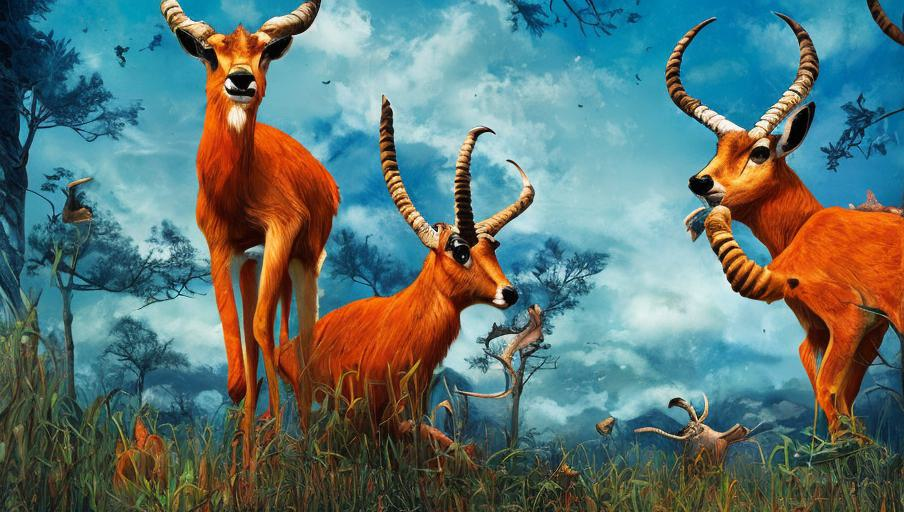
Understanding Antelope Behavior
Antelopes are a fascinating species of hoofed mammals found in the wilds of Africa, Asia and Europe. They are some of the most iconic animals on the continent and have captivated the human imagination for centuries. While they may seem to be quite peaceful and harmless animals, it’s important to understand their behavior to better appreciate the complexities of their lives and interactions with other species.
Physical Characteristics
Antelopes come in a variety of shapes and sizes. They range from the large and magnificent African kudu, with its impressive spiral horns, to the tiny and delicate Royal antelope, which is the smallest antelope in the world. Most antelope have long, slender legs, a short neck and a long tail. They have a thick coat of fur which can vary in color from light brown to white, and they have horns which they use for protection and mating.
Social Structure
Antelopes typically live in small herds, made up of a few adults and their young. The herds are led by the adult males, and the female antelopes will form smaller, separate herds. Within the herd, antelopes will establish a hierarchical structure, with the dominant male leading the pack and the other members following. The dominant male will also lead the herd to feeding and breeding grounds, and will protect them from predators.
Diet
Antelopes feed primarily on grasses, leaves and other vegetation. They can also eat fruit, insects, and small rodents. They are generally grazers, but some species are adapted to feed on shrubs and other foliage. They are also known to drink from water sources such as streams, ponds, or puddles.
Behavior
Antelopes have a number of behaviors that they use to communicate with one another. They may use vocalizations, such as grunts, snorts and bleats, to alert other members of the herd to danger or to signal their presence. They may also use their horns to show dominance and challenge their rivals. Antelopes will also use their tails to signal their moods, with a raised tail indicating excitement or alertness, while a lowered tail indicates fear.
Mating
Antelopes typically mate during the wet season, when food is plentiful and the weather is mild. The males will establish territories and compete for the attention of the females. The dominant male will then mate with the female and protect her from other males. After mating, the female will give birth to a single calf, which she will then care for and nurture for several months before it is strong enough to join the herd.
Conservation
Antelopes are an important part of the ecosystems of their habitats, but they are threatened by habitat destruction, poaching, and other factors. Conservation efforts are needed in order to ensure that these species are protected and able to thrive. This includes protecting their habitats, preventing poaching, and educating people about the importance of these animals.
By understanding the behavior of antelopes, we can gain a better appreciation for their complex lives and the importance of their conservation. By protecting their habitats and educating ourselves, we can ensure that these animals remain a part of our planet’s ecosystems for generations to come.

